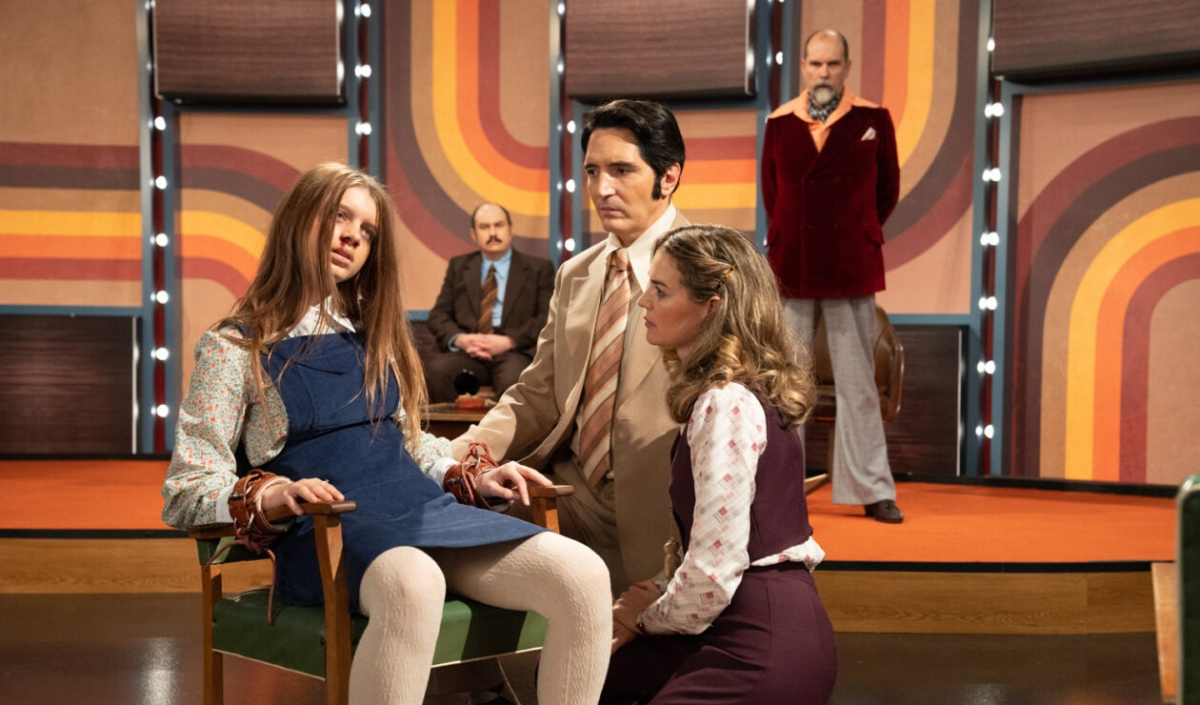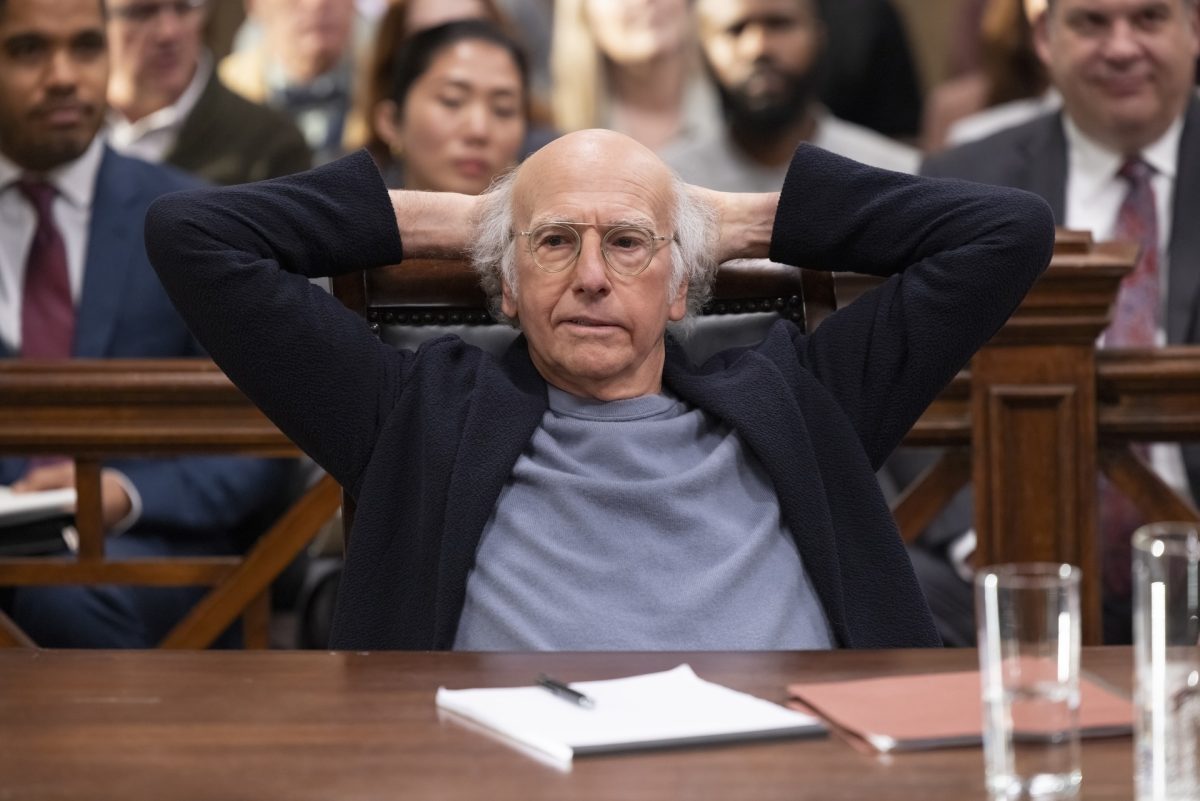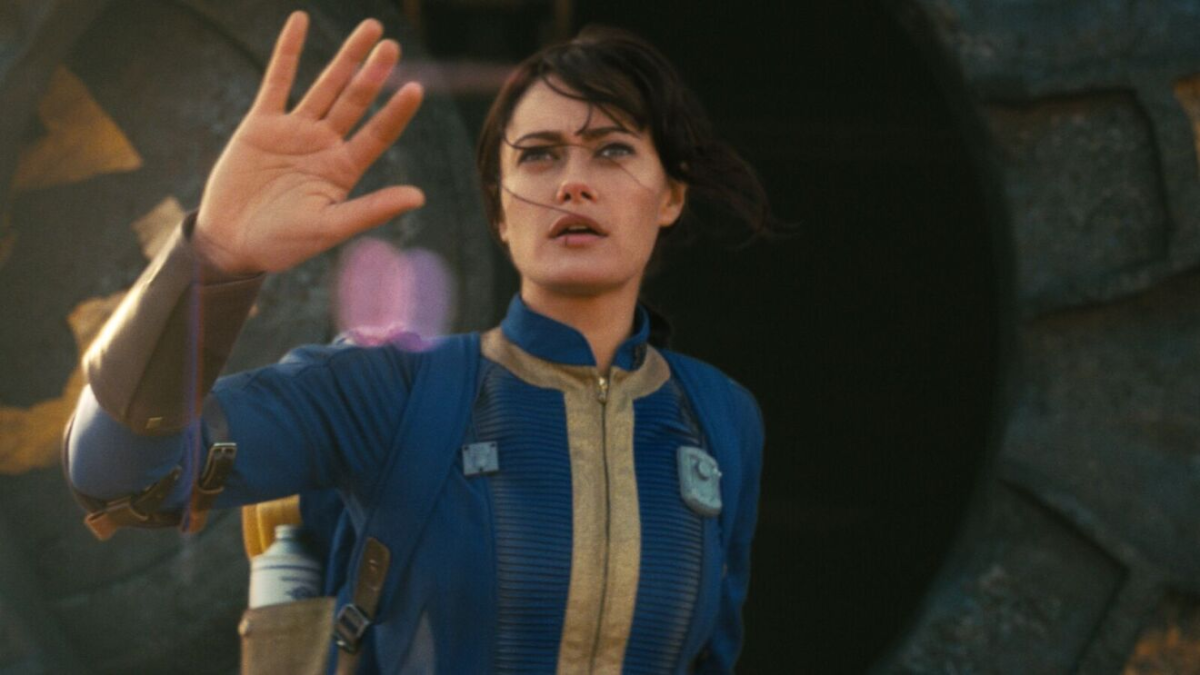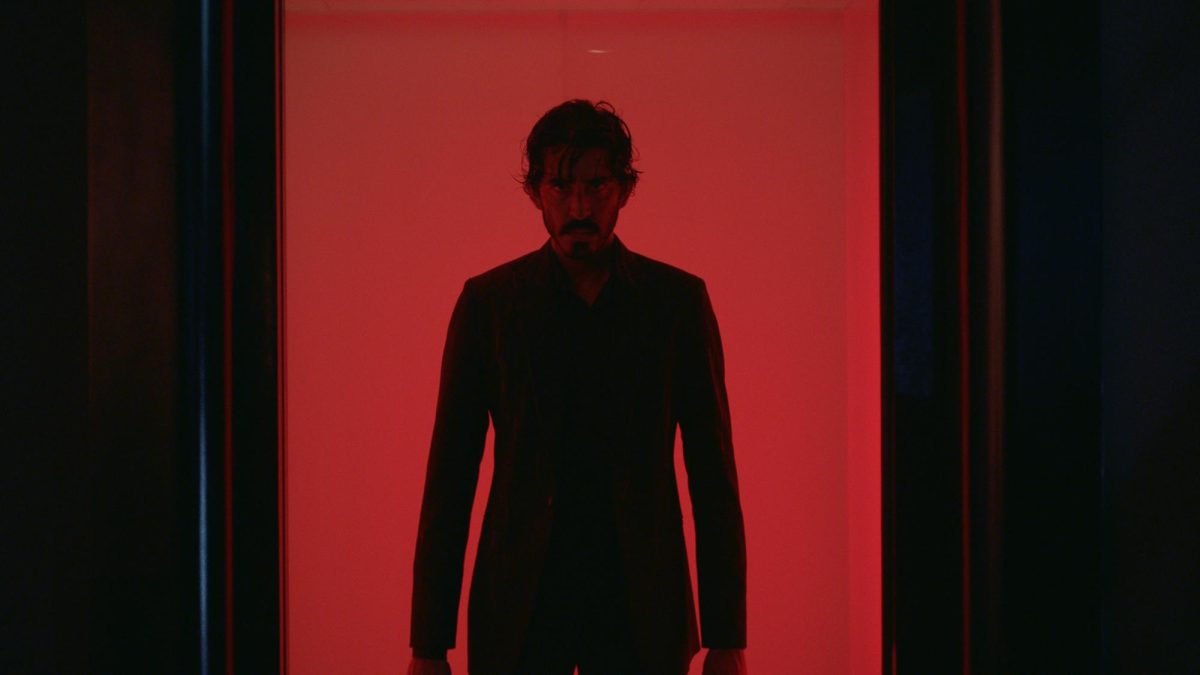Film critic Peter Debruge discussed the aesthetics of realism in cinema and how crucially it affects movie critics at Carothers Dormitory on Thursday.
Debruge, a former UT student, is a chief international film critic for Variety. He said movies that depict real world similarities tend to receive better reviews from critics than fantasy films because they are more relatable for audiences.
“Authenticity, plausibility and verisimilitude are key features in the new filmmaking trends,” Debruge said.
Debruge, who wrote for The Daily Texan from 1997-2000, said, although movies have become more realistic than in the past, films are still far from using strategies such as the use of a first-person shooter style. He said since the beginning of cinema, viewers respond more to films showing an attachment to real life, and good movies should leave it to the audience to extract meaning.
“Hollywood strategy is too heavy-handed,” Debruge said. “Movies should depend on audiences to interpret them rather than homogenizing the experience.”
Debruge began his lecture with the origins of cinema, highlighting the two types of categories that have always been in films. He said although fantasy has always been around as a genre, critics often prefer real world visual effects.
While showing clips from several movies, Debruge said realism can be used in filmmaking to help audiences relate to it more.
Radio-television-film freshman Cade Edwards said Debruge’s lecture gave him a different perspective on movies he has watched.
“The insights brought into the movies I had seen were the most exciting part, and the new clips were amazing too,” Edwards said.
According to Debruge, front-footage movies made people relate more to different scenes. He also said the clips showing moving camera motion from “The Battle of Algiers” were more appealing to viewers than other more static shots.
“Radical innovation in moviemaking keeps their immediacy and thus are more appealing,” Debruge said.
Debruge also said movies like “End of Watch,” in which most of the scenes are shot by a personal camera, receive better reviews from film critics.
“Filmmakers are subtracting themselves from the equation to get a more authentic event,” Debruge said.




















